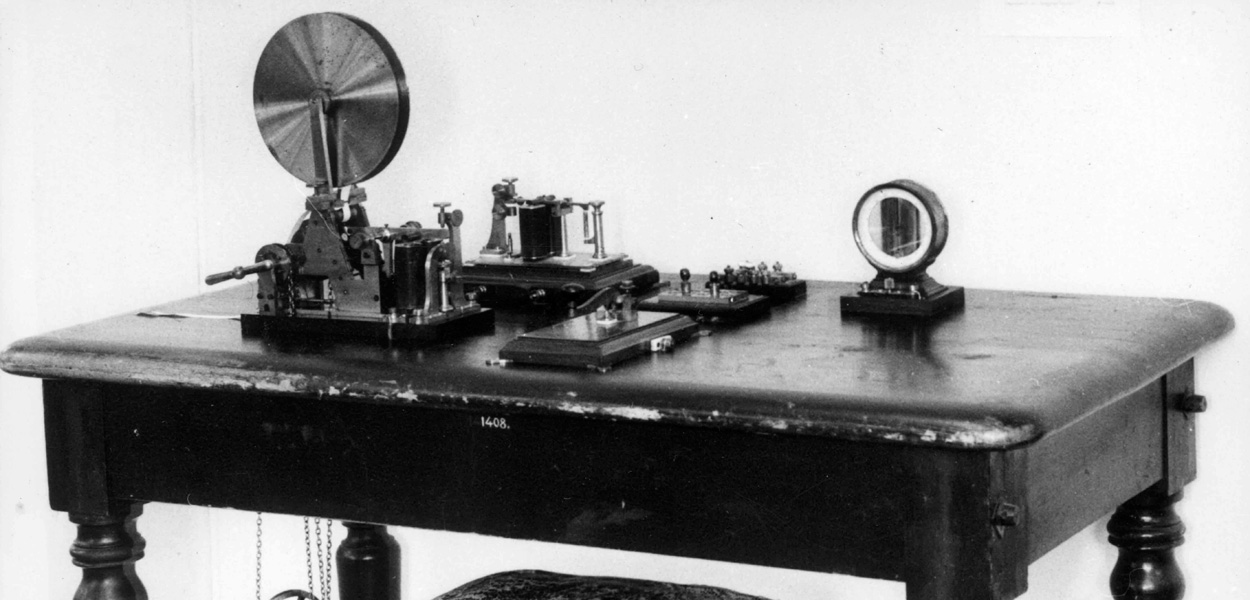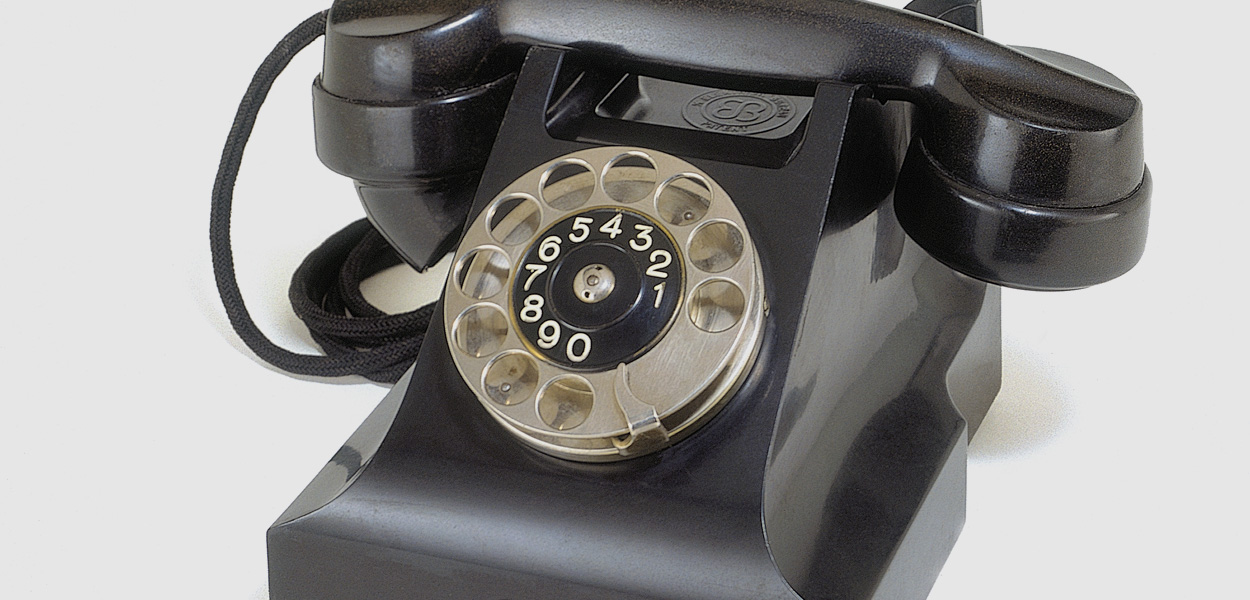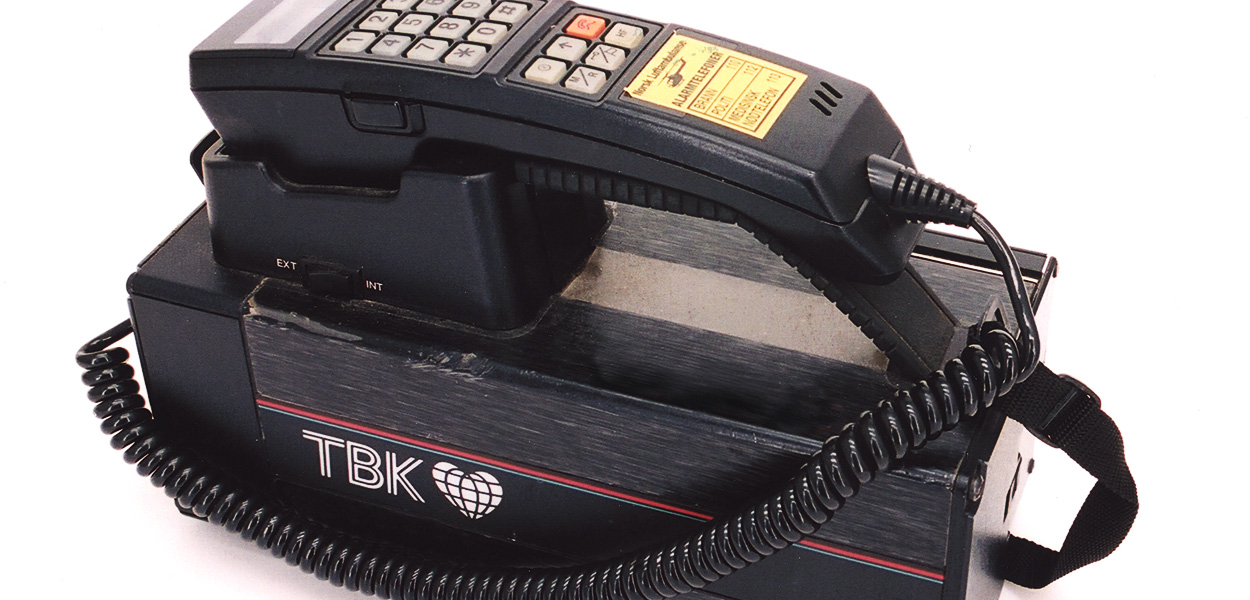Telenor’s history and heritage
We have gone from providing telegraphs, switchboards and phone booths to launching innovative technologies that empower today’s societies. It’s a long way from where we started in 1855.
In 1855, the first telegraph line was opened in Norway, between Christiania (now Oslo) and Drammen, 40 km away. That single line was the pride of the Norwegian Telegraph Administration, the first of many milestones. Since then, we have grown, supported and implemented new technologies and met new challenges. Our name has changed over the years, but since 1995 it has been Telenor. We are driven deployers of innovative solutions as a leading telecommunications provider and in the Nordics and Asia.
Here are some main periods and events in our history.
1855-1900
From the first establishment of the Norwegian Telegraph Administration in 1855, it soon became clear to the government that the telephone would have considerable importance for society as a whole. Steps were taken to ensure that the state would run all telephone activities in the following years. Key events include:
1855: The first Norwegian telegraph line is opened between Christiania and Drammen
1869: Telegraph between Norway and Great Britain is opened by ‘Telegrafverket’ (which will have several different names in the coming years)
1881: Norway’s Monopoly Act ensures the state exclusive rights on communication by telegraph line
1899: The Telegraph Act is passed, giving the state exclusive rights to run telephone services

1900-1945
Because of sparsely populated regions and the needs of the fishing industry, along with geographically challenging terrain with mountains and fjords, the company becomes a pioneer in building both fixed and wireless communications networks, with unique expertise.
1903: First wireless telegraph connection between the fishing centre at Røst and Sørvågen, this is the second such radio telegraph connection in the world at the time
1920: Norway gets its first automatic exchange
1928: First telephone connection between Norway and the United States
1945-1969
We are relied upon by a nation with unique needs, from people who live in cities, towns and also extremely remote areas on a long and rugged coastline. In addition, the maritime and fishing industries are gaining from new technologies. From a research and innovation point of view, we are doing well. We test Norway’s first mobile phone in 1966.
1960: The first television broadcasts start in Norway, and the broadcast transmissions are provided by Telegrafverket
1966: Norway’s first mobile telephone is tested
1967: Televerket’s Research Institute is established
1969: The name of the company is changed to ‘Televerket’

1970-1979
We are at the forefront of research. The first analogue mobile networks and a satellite connection with North Sea oil platforms are examples. But the growth in the home market, combined with the monopoly and bureaucracy, leads to inability to keep up with customer demands even for basic telephony.
1970s: There are long waiting lists, up to a year, to get a telephone installed in private homes
1975: The first computer-controlled telephone exchange
1976: First satellite communications with offshore platforms in the North Sea
1980-1995
In these years IT becomes important, along with the introduction of marketing and more customer focus. By the early 1990s, Norway is one of only three remaining countries in Western Europe that have telecoms operations as part of the public administration and state budget. The company is becoming a valued partner internationally, for example in Germany and Greece, based on our experience and expertise in building mobile networks and creating innovative solutions, something that is shown to the world when our expertise is a key part of delivering television to the world for the Olympic Games in Lillehammer in 1994.
1985: The last manual exchange is closed in Balsfjord
1988: Fiber optic cable connects Norway and Denmark
1993: The company is highly involved in the development and launch of the GSM system, setting a new international standard for mobile communications (2G)
1994: The Olympic Games in Lillehammer show to the world that Televerket can deliver on technology and compete internationally. Televerket becomes a public company the same year
1995: Televerket changes its name to Telenor

1996-2016
This is an era of aggressive international expansion, with Telenor entering several different markets abroad. The company also branches off into many different areas, including digital transmissions, broadband and IT.
1996-1998: Telenor enters Asian and Eastern European markets
1997: Norway becomes one of the first countries in the world with a fully digitalised fixed network
2000: Telenor is listed on the Oslo Stock Exchange, with reduction in state ownership. Telenor Group has by this time multiple companies in different telecoms sectors, including broadband, television, IT and installation and maintenance, to name just a few.
2000: Telenor enters the wider Nordic market, starting with Denmark
2006: Worldwide, Telenor reaches 100 million mobile subscriptions
2008: Telenor enters its twelfth market, India
2012: Telenor is first telecommunications operator in Norway to launch the fourth-generation mobile network (4G)
2015: Sigve Brekke is the new Group President and CEO – he focuses on digital transformation, operational efficiency and modernisation
2017-present
‘Control or exit’ leads to consolidation and stronger focus on core business.
2017-2018: Telenor sells its operations in India, Central and Eastern Europe
2018: Telenor’s research unit coordinates pan-European project with 23 partners to accelerate uptake of 5G
2022: As part of an innovation strategy, Telenor reshapes the organisation and works with global partners to swiftly build at scale.
2022: Following a 2021 military coup, Telenor exits the Myanmar market
2022: Telenor Norway is one of the first national telecommunications companies to decommission its entire national copper network, replacing the connectivity to fiber and 5G
2024: Telenor announces a collaboration with NVIDIA on AI. Other partnerships are made with startups, enterprises and government entities, while implementing innovative AI solutions across operations, from customer service to network optimisation.